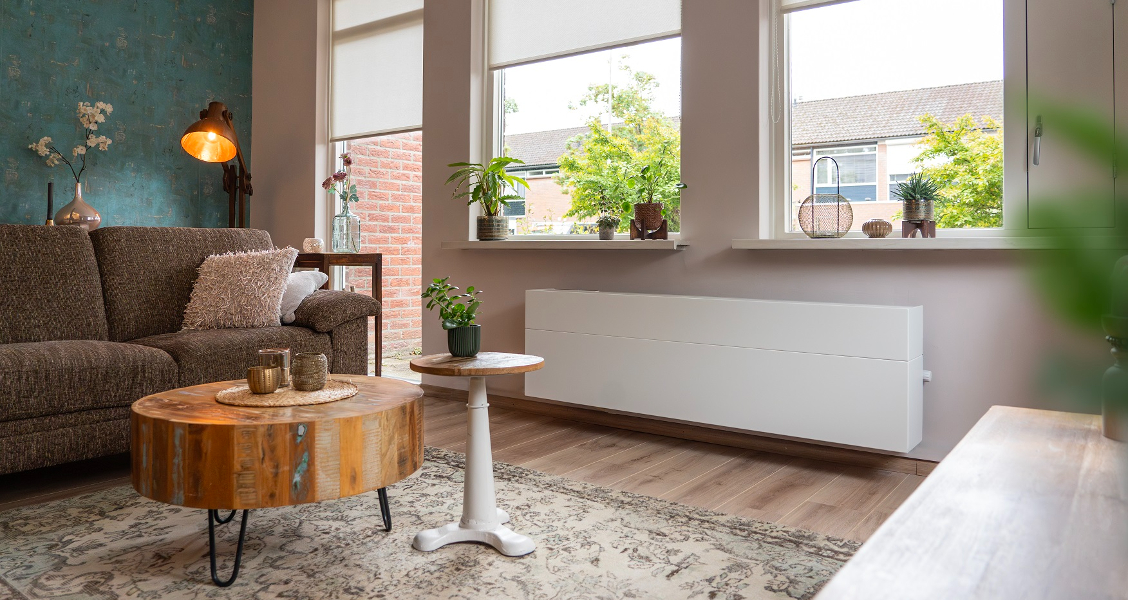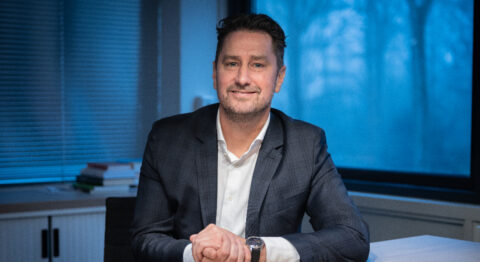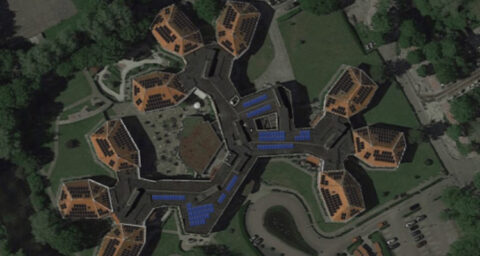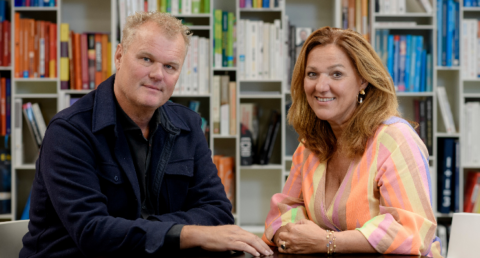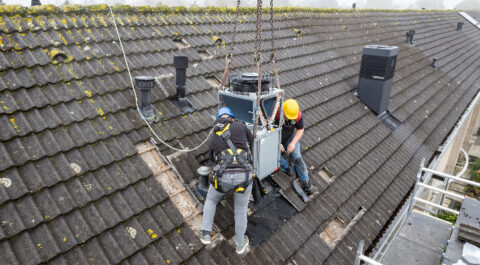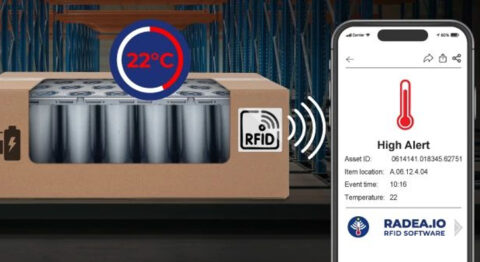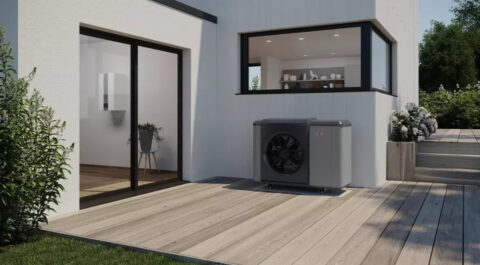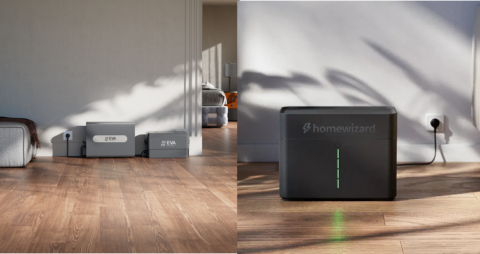By 2030, some 675,000 homes must be insulated and 450,000 off gas. "But," warns Ralph Liedenbaum of ClimaRad, 'What are the next steps after that? You don't want to regret the measures you took to get there.' He thinks flexible solutions for Low Temperature Heating and decentralized WTW ventilation are the missing link.
There is a huge task ahead, that's for sure. In order to meet this challenge, maximum insulation of as many homes as possible is often seen as a solution. But tackling only the envelope is not enough. There is also a lot of low-hanging fruit in the installation, if you do it right. But not everyone agrees on exactly how to do it.
'People are still very much searching for the optimum,' Liedenbaum states. 'But we cannot wait with measures until we have found that optimum. We have to make meters with measures that serve the largest possible group. Every day that we postpone sustainability costs money. We have to start and so we need flexible future-proof solutions that contribute immediately.' In his view, a phased approach to renovating the existing housing stock, combined with installation, offers the most flexibility towards the future. In this, ClimaRad offers the perfect solution.
Everything set up perfectly
The national performance agreements made by the housing association, the VNG, the national government and the housing corporations stipulate that 675,000 homes be made more sustainable and that moisture and mold problems be addressed. It is mainly about making the existing housing stock more sustainable, and the general consensus is that this means hybrid heat pumps and insulating houses. But that, according to Liedenbaum, is thinking too narrowly. 'It's also about ventilation,' he says. 'In fact, it's about combining the right heat emitters, WTW AND ventilation.'
Heat pump manufacturers have calculated that you can save 80 percent on gas with a hybrid system. Liedenbaum doesn't want to go that far. 'It saves 40 to 70 percent,' he estimates. 'In order to achieve 80 percent, warm rooms have to have the right emitters in place and everything has to be completely properly regulated.'
Decentralized CHW
"We start from the principle of warm living and fresh sleeping," he says. That means that it only makes sense to apply heat recovery in the living room. The heat you recover in the living room must also be returned to the living room, then no energy is lost to unheated rooms, as with a central heat recovery system. 'With such systems there is a mixing of warm air from the living room with the cold air from the unheated bedrooms, and you don't want that. In addition, with ClimaRad you ventilate only when necessary, throughCO2 control.'
But that's not all, Liedenbaum believes. 'Because it concerns the existing housing stock, it is additionally important that the homes can be addressed in occupied condition. Moreover, it must remain affordable. Even with those conditions, he says, decentralizing the ventilation and WTW is preferable. 'Because with that, the structural impact is zero.'
Partner for the future
'In addition, the beauty of our products is that they are modular, and that provides the necessary flexibility,' he continues. 'You can buy them from basic to very luxurious, according to what you need at the moment. We have concepts that grow with you, and so if the situation changes you can expand and adapt.'
Suppose a home still has a central heating boiler for the next few years, even then there is considerable savings to be made with the ClimaRad Vita H1C-S, according to Liedenbaum. 'Because of the flexible number of fan cassettes on the convector, the Vita can handle all heating lines and, when applied, you are maximally future-proof. For example, if in 15 years' time there will be a new coat around the house and it will be better insulated, you can go to LT emission and put more fan cassettes on it. We as ClimaRad remain involved. Our goal is to become a partner to meet future challenges.'
The key
'Savings are of course mainly in less heating. You do that by using a heat pump, but that heat pump simply pays off the most in combination with LT ventilation. If you then recover most of the heat, up to 90 percent, from the warmest room when ventilating with WTW, you get the maximum benefit. We offer both LT exhaust and decentralized WTW and so we are the key to optimizing energy savings andCO2 reduction.'
Visit the booth of ClimaRad at VSK in hall 11, booth E040. Stop by, and you can learn in detail about the different concepts and what they can do for you.
